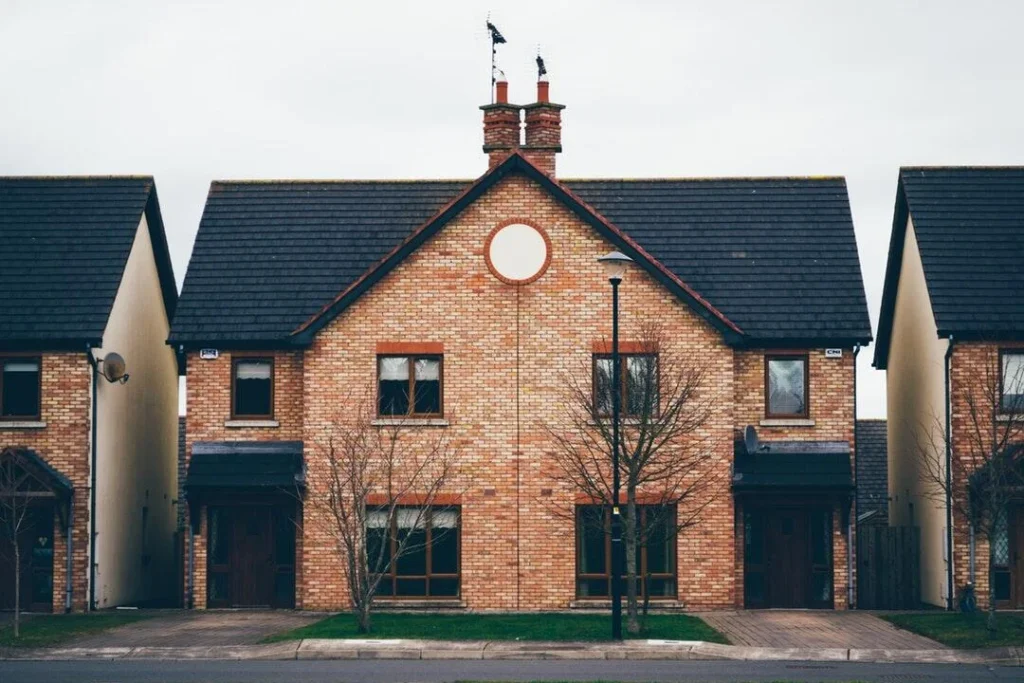
In the aftermath of a fire, whether it’s a small kitchen mishap or a large-scale blaze, dealing with smoke damage can be overwhelming. The lingering odor and residue not only affect the aesthetics of a space but also pose health risks.
Read on to learn some tips to help you clear the air and smoke remediation after a fire.
Ventilate the Area
The first step in smoke remediation is to ventilate the affected area. Open all windows and doors to allow fresh air to circulate, and use fans to help expel the smoky air.
It may also help to place bowls of vinegar or baking soda around the room, as these substances can absorb odors. Removing smoke odor from carpets and furniture may require professional cleaning or replacement, but these simple methods can help in the meantime.
Clean Surfaces
Home smoke cleaning doesn’t stop at airing out the space. Soot and ash can leave a layer of residue on surfaces, making them sticky and difficult to clean.
Use a mild detergent or vinegar solution to wash down walls, floors, countertops, and other affected surfaces. Cleaning surfaces can avoid health problems like respiratory issues and skin irritation caused by exposure to smoke residue.
Wash Clothes and Fabrics
Smoke damage doesn’t just affect surfaces, but it can also permeate clothing, curtains, and other fabrics. It’s essential to wash all affected items as soon as possible to prevent the odor from setting in permanently.
For heavily affected items, consider using an odor eliminating product specifically designed for smoke damage. These can be found at most home improvement stores or purchased online.
Check HVAC System
Smoke particles can become trapped in your home’s heating, ventilation, and air conditioning (HVAC) system. This can cause the smoky smell to continue even after you’ve cleaned and aired out the space.
Professionals, like RainFire Restoration, offer services to clean and disinfect HVAC systems after a fire. They may also be able to check for any potential fire hazards in your HVAC system.
Salvage Valuables
Once you have taken the initial steps to ventilate and clean the affected area, it’s essential to assess and salvage any valuable items. Items like important documents, photos, and heirlooms should be carefully inspected for smoke and soot damage.
Electronic devices, too, can be severely affected by smoke damage, so it may be necessary to have them inspected and cleaned by a professional technician to ensure they are safe to use.
Replace Smoke Detectors
After a fire, it’s crucial to replace all smoke detectors in your home. Fire can compromise the effectiveness of smoke detectors, rendering them unreliable.
Ensure that all detectors are in working order to help prevent future fires and keep your home safe. Replacing batteries and testing regularly can also help to catch potential hazards before they become a problem.
Document the Damage
It’s important to document the extent of the damage as soon as it is safe to do so. Take detailed photographs and make an inventory of all affected items. The documentation will be crucial for insurance claims.
Be sure to note the condition of each item, including any visible soot, staining, or structural damage.
Smoke Remediation Takes Time and Effort
Dealing with smoke remediation after a fire can be a daunting task, but it’s important to take action as soon as possible. With these tips in mind, you can begin the process of restoring your home and creating a safe environment for yourself and your loved ones. So don’t hesitate to reach out for assistance and support during this challenging time.
